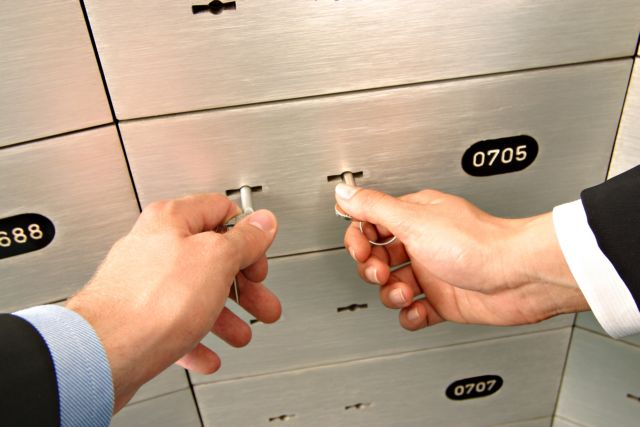In the decade of Greece’s economic crisis, significant measures have been taken to combat tax-evasion and tax-avoidance by monitoring a wide array of taxpayers’ economic activities.
The tax bureau monitors transactions with debit and credit cards. It records real estate holdings and automobiles, amounts paid to banks for loan instalments, and people who permanently reside as guests in taxpayers’ homes.
That fiscal surveillance is expected to greatly expand with the establishment of electronic files including all the assets, movable and real estate, of approximately 8.5mn taxpayers nationwide.
In the near future, tax offices will be monitoring bank deposits and the movement of all accounts, safe deposit boxes, cash stashed away at home, and art and jewelry owned by taxpayers – which is currently not allowed by law.
The overarching aim is for the finance ministry’s tax bureaus to have a comprehensive file on all types of assets so as to catch the huge number of taxpayers who currently declare extremely low incomes while hiding their assets.
Another key objective is to replace the ENFIA real estate tax with a more general, comprehensive tax calculated on the basis on all of a taxpayer’s assets.
The individual electronic file will record the following information:
- Income from all sources (salaries, pensions, rents, and dividends)
- Real estate: With the forthcoming alignment of the tax valuation of properties with their actual market value (which has fallen dramatically during the crisis), the tax bureau will know the approximate market value of all real estate.
- Automobiles: The Independent Public Revenue Authority (AADE) has already created a comprehensive registry.
- Leisure yachts and boats, which must be listed on tax returns
- Aircraft listed on tax returns
- Bank account deposits: Once Parliament passes a related law, data on deposits will be transferred to a depositors’ registry that has already been created.
- Bonds, stocks, and time deposits
- Bank loans (home and consumer) that the taxpayer has received and the annual amount paid to service or pay off the loan
- Bank safety deposit boxes
- Cash above a certain (as yet undetermined) limit
- Valuable objects: Artworks, jewelry, gold, precious gems, etc.





